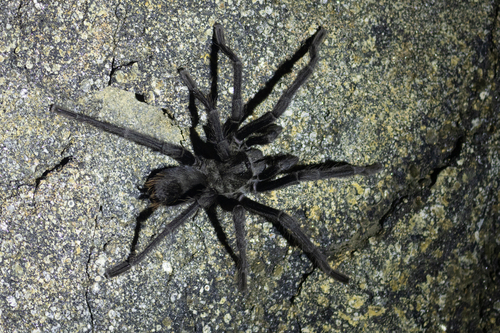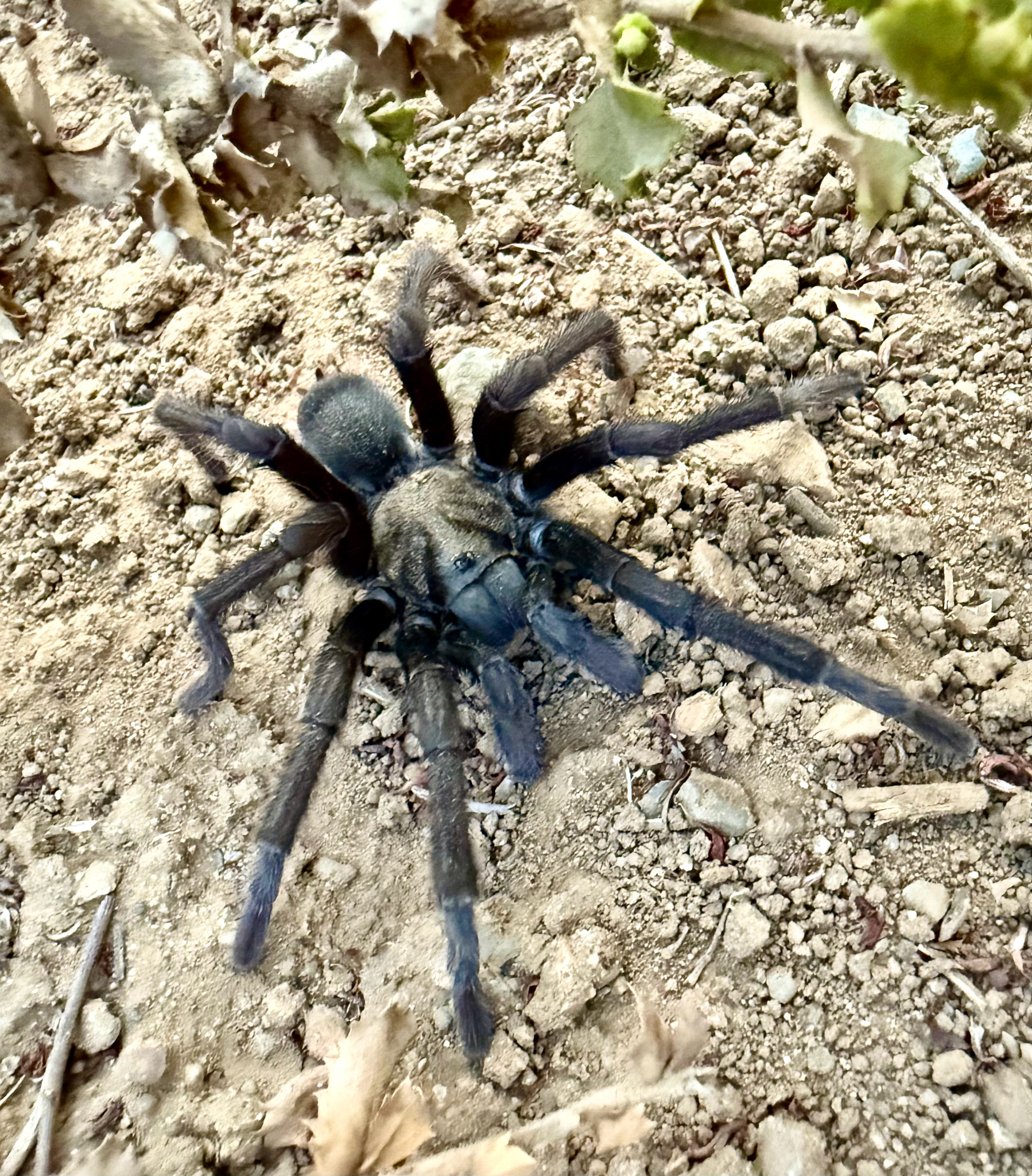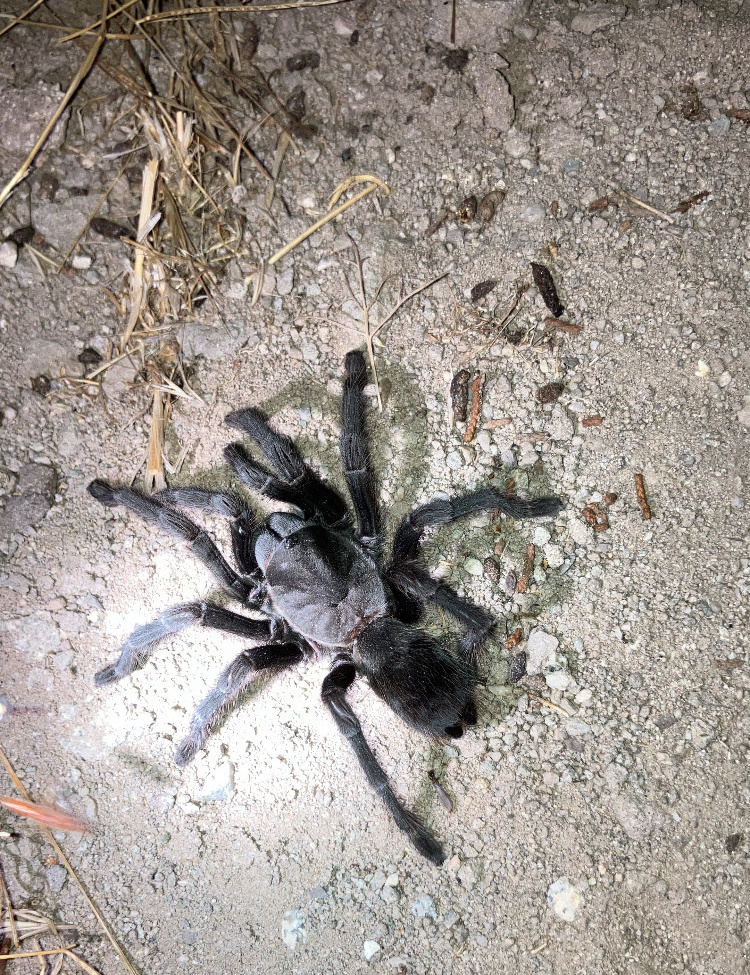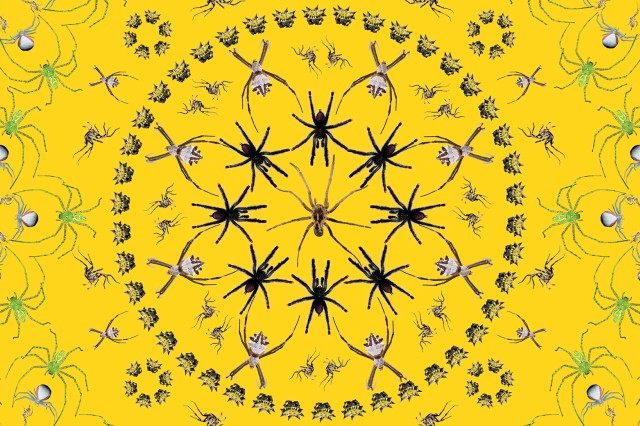Creepy, Crawly, Courtship
It’s a spider lover's favorite time of year—tarantula mating season!
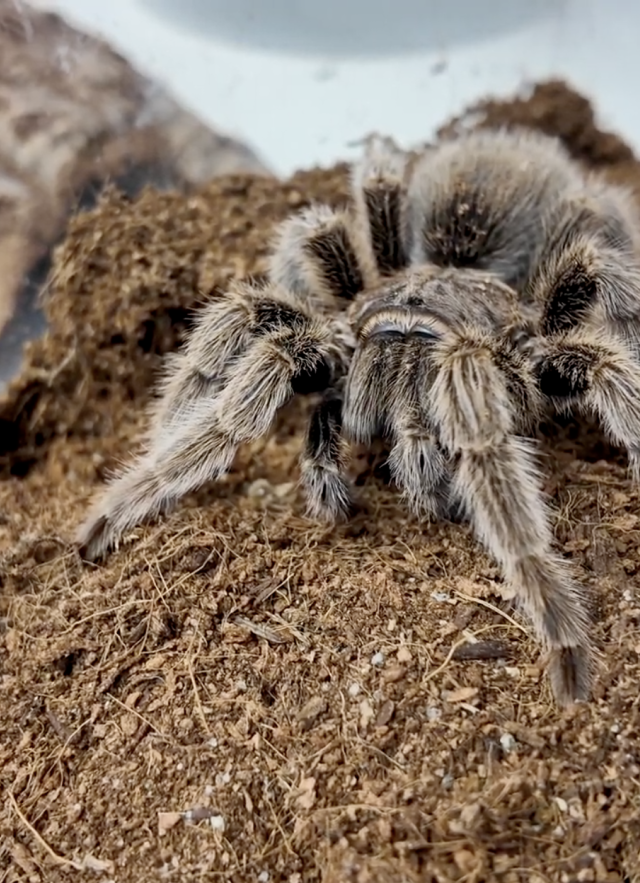
What’s Love Got to Do With It?
Halloween might mean fright night for us, but for the tarantulas all around us, it’s the start of date night. That’s because almost every species of tarantula in the United States goes on the move, in search of a mate, between August through November. If the thought of tarantulas emerging for mating season reads like nightmare fuel to you, keep on reading to learn about why there’s nothing to be afraid of when it comes to these misunderstood invertebrates. We’re tapping in with one of our new entomologists, Dr. Rodrigo Monjaraz Ruedas, to talk about all things Theraphosidae, including insights into their mating patterns and where L.A. Naturalists like you can go to see these critters in nature.
How Deep is Your Love?
It may be surprising to learn that there are an estimated 29 species of tarantulas in the U.S., with ten of them found throughout California. All of these species are considered Aphonopelma, the only genus of tarantulas found in the United States. Unlike the jumping spiders and orb weavers you may find hanging off your car’s sideview mirror or nestled near water spouts, tarantulas prefer living deep below the surface in burrows, and largely out of sight.
Because of this, mating season is the best time to spot a ground-dwelling tarantula on the surface. Once they mature, male tarantulas emerge to hunt for a female tarantula to mate with. This behavior usually starts from July to November but can extend from June to December, depending on weather conditions.
Can’t keep my eyes off of you
Scrolling through iNaturalist for observations of tarantulas in L.A., it’s easy to see that each observation this year happened during mating season. Most of these results are of the Steindachner's Ebony Tarantula (Aphonopelma steindachneri) species, which is native to the region and commonly found in arid parts of Los Angeles to San Diego. If you spot a tarantula near the L.A. basin, it’s a pretty sure bet that you’re looking at a Steindachner's!
Tarantulas are not dangerous to humans—they’re shy and not at all aggressive—likely to scamper off in the opposite direction of a person. Dr. Ruedas compares the venom of a tarantula to that of a bee sting. If a tarantula feels threatened, it has the ability to release utricating hairs (those tiny bristles that make them look hairy), a defense mechanism which can cause irritation to the skin. Some good spots to seek out tarantulas include Griffith Park, Debs Park, Topanga State Park, and generally, the Santa Monica Mountains. You can also drive out to Joshua Tree National Park for better odds. Because tarantulas are crepuscular/nocturnal creatures, chances of seeing them are higher at dusk and nighttime.
Camping in Joshua Tree or Topanga State Park can be a nice “Tarantula Camping Night”.
If you are fortunate enough to see a tarantula out and about, it’s probably best to appreciate it from a distance. Get some pictures, upload them to iNaturalist, and let them continue on their journey.
Walk a thousand miles
Once they mature, male tarantulas will go the distance for love. They’ll rarely eat or hunt for prey, dedicating the entire season to their pursuit of a mate. Male tarantulas won’t even live longer than about a year past molting, so they really got to put that work in, pun intended. Scientists have recorded tarantulas migrating as far as 20 miles in search of a lover. That seems like a long distance for a tarantula to travel, when you consider that some people in L.A. won’t even drive that far for a date!
Once I ran to you… now I run from you
One horror trope about tarantulas that is all too true is becoming a treat, post-tryst. It’s not uncommon for females to become peckish after the deed. Male tarantulas have developed tibial hooks that allow them to grip on while mating. If they don’t let go quickly, they risk becoming fast food. This is great for nourishing the female, should she decide to reproduce…
“Females have a structure called spermathecae that allows them to store sperm from different males, eggs can be actually fertilized by different males and females can discard sperm of a male after mating if they do not want to store that sperm for some reason.”
I wanna dance with somebody
As with most animals, courtship for this particular creature relies heavily on the quality of “love in the air,” or pheromones, for short. Tarantulas can be sensitive to vibrations, so to really heat things up, they’ll also engage in a drumming dance. Male tarantulas will tap their legs and pedipalps into the soil and, if the female is receptive, she’ll respond by tapping in turn! If she’s not responsive, he’ll need to jam in case she becomes aggressive and turns.
Both male and female tarantulas can mate multiple times, with different partners. Females gather various sperm along the way and can take their time deciding whether to fertilize and with whom. Having options is all part of the tarantula dating game!
You’ve got to show me love
Whether you’re inspired to find a Halloween-themed thrill or seeking a quality hang with these creepy crawlers, the Natural History Museum has something for you at our seasonal Spider Pavilion! There, you can find a range of local and tropical species of tarantulas on display in terrariums. Your friendly neighborhood museum educators can help answer questions in the Pavilion.
For any press inquiries, message the museum at press@nhm.org.
